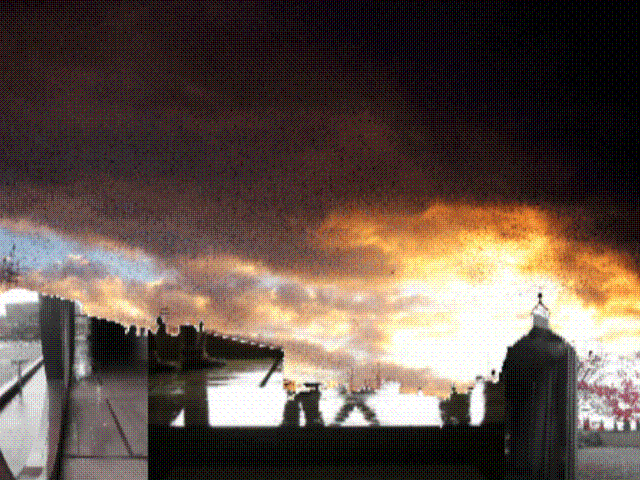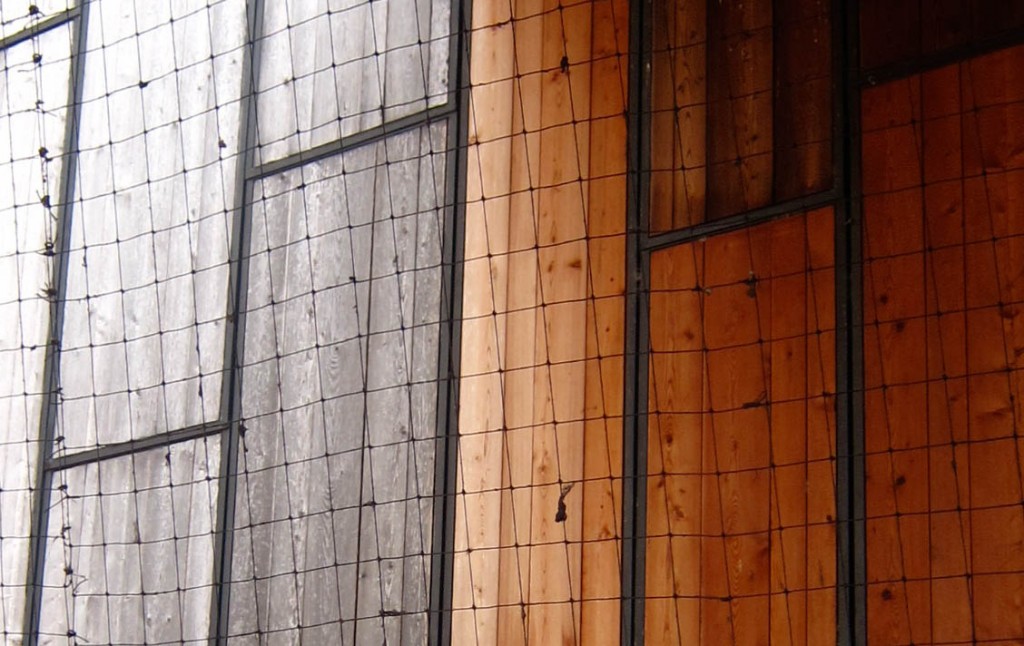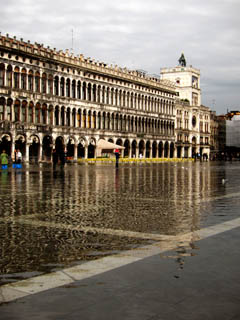Thank you all for painting for me a picture of Rome that is not colored with cobblestones and Coliseums, but rather traced by your footsteps alongside mine. Because of stories we told, ideas we exchanged, and experiences we shared, I will always think of you as people that I love.
notes on the first round and a sound
(this is lengthy, but quite a bit important to me)
I have a hard time compartmentalizing my life. (Barriers never existed.) Literature, music, fashion. Food, philosophy, film. Sport, laughables, loved ones. Architecture. They live in the same place. Incite the same joy. Evoke the same smile. Twist the same mind. And suddenly I’m surrounded by this idyll I’ve created for myself: a confusing mess of my favorite writers singing their words in my favorite composer’s melodies whilst in my favorite scenes of my favorite movies. I was always wary of acknowledging this–it is a student’s job to focus, right? I mean really focus. To find your corner and pick at it.
So there I am, half content to operate within my world of Marielle-shaped particulars and half struggling to become a real Architecture Student (with the correct ‘focus’ and the correct ‘corner’ and everything). Rome was just supposed to be a continuation of this. But then something changed.
Maybe it was that first day or that first walk or the first time Ross made a dinner that I stole bites from in our half-lit dining room. Or my first time at the Avetine. Or the first peek through the keyhole. My first encounter with the celloist in the Santa Maria piazza. The first time I tripped on a cobblestone. The first thunderstorm from my windowsill. The coziness that resulted from our broken lightbulb. I don’t know. But sometime during these last three months, my mismatched unison began falling into harmony. And a common denominator began to peek through. And architecture began to smile at me from a different place altogether.
Because it wasn’t the big things that got me. It wasn’t the beeline towards Vatican City or photographing the Coliseum or the pilgrimage to the Jubilee Church. It was tiny, tiny moments. Architecture tore itself away from spotlight.
To create a built environment isn’t the goal to strive toward. It’s the vessel taking me there. It’s the stage for the performances of life’s stories. It’s the way Tam’s ukelele harmonized with the rain, echoing in the concrete concert hall of Scarpa’s Brion tombs. It’s sitting with a boy on a wall surrounding Villa Rotonda, looking away from Villa Rotonda, forgetting about cameras and sketchbooks; and talking instead about symmetry and wells and how white buildings shimmer in the sun. It’s sitting on the basement floor of an English bookstore flipping through books about street style. It’s playing with the rainbow light falling from stained-glass windows and onto the dark walls of a candle-lit church. It’s the Pantheon when it rains. (It’s Stadio Olimpico when it rains and Lazio destroys Inter Milan 3-1.)
My time in Rome comes to a close, and I come full circle. Me the student no longer argues with me the person, and architecture transcends the notions of styles and codes and trends and rules. Architecture becomes the composer of the lived moment. It accommodates all those other things, the fancies and the whims and the important things. And as a student of the discipline it’s important to acknowledge this, to recognize my opportunity to magnify these moments, to recognize the built as a part of me, apart from me, as a participant and a maker, as an inhabitant and a dreamer.
notes on little things as not all that little
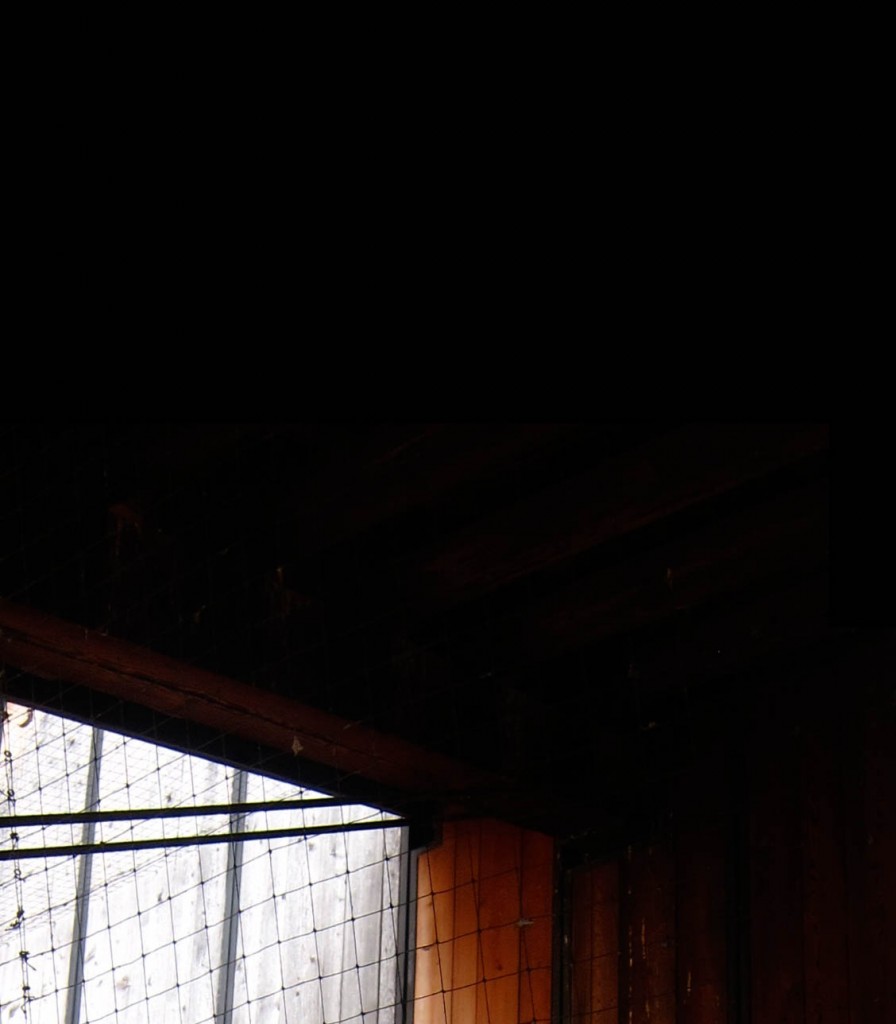
People like the color of ipe,
I’d remember David say.
But they forget that it weathers grey.
.
.
.
Synecdoche
is a poetic device used
when a part is meant to represent a whole
or
when a whole is meant to represent a part
William Shakespeare once wrote,
Friends, Romans, countrymen:
lend me your ears
This is synecdoche.
.
.
.
In architecture,
the building is the part
and the site is the whole
or
the detail is the part
and the building is the whole
.
.
.
In Carlo Scarpa’s Castelvecchio Museum
lives this little wall:
(half protected
half exposed
and whole weathering)
and this part
tells of a whole
that pays a certain level
of aesthetic attention,
of performative attention.
This is also synecdoche.
(well, I think so, anyway.)
notes on a city that swims
You’re seated on the left side of the train. Facing forward. You always face forward, you get motion sickness otherwise. Outside your window, a golden sun is falling into the sea. You hover above water for a second or two or a minute or twenty–you don’t know how much, but some time passes. And then your train begins to soldier on, slowly moving toward a golden city, a city in the middle of the sea, the same sea that swallows a sun. The train stops. A canal greets you hello. Boats, not cars. Bridges, not crosswalks. You’re on land, away from land. You inch your way through the city for some days, and water is your every moment: it’s beneath your feet, beyond your feet, alongside your feet. You splash, you frolick, you revel. Then one night, it pours. And you wake up to raindrops hitting the roof above you. You have some hours to spend before your train takes you away; maybe you’ll take one last look at the city.
You walk out. And immediately, you pause. The canals are overflowing. The rain is coming down. You’re surrounded by water above, you’re surrounded by water below; water is your every moment, but today water is Venice’s every moment too: beneath its feet, beyond its feet, alongside its feet. And like you, Venice splashes. Venice frolicks. Venice revels. It plays with water the way no other city does: a flooded San Marco, a forced detour, a gondola traffic jam– Venice’s charm.
(Venice is shaped like a fish. Of course it swims.)
notes on light and sky and rome and arizona
A “good” architectural translation is one that can identify performative characteristics of a built object, and convey it in a new built object, birth it in a new context, deliver it to a new eye. And as a result, something entirely else emerges: a mental bridge. One means something to the other, so too does the other mean something to you.
You walk into the Pantheon and realize there’s only one way up. The commotion of Piazza della Rotonda, the elbowing as you crossed the threshold, the Australian next to you frantically taking photographs– as your head slowly tilts upward, that all disappears. And then there isn’t anyone but you. You and your secret peep hole into the blue sky. And maybe the clouds always moved that quickly and maybe the birds always flew that closely together. But today, you notice.
In 1979, a man called James Turrell purchased Roden Crater, northeast of Flagstaff, Arizona. Although hardly a concrete temple honoring ancient Roman gods, Turrell is turning this extinct volcano into the home of a much anticipated study in light, sky, and astronomy, in the form of skyspaces. These skyspaces open you up to the above, glorifying light itself.
I’ve never been to Flagstaff; I cannot speak from personal experience, maybe that’s my mistake. Neither can I speak with confidence that any inch of Turrell’s mind was occupied by the Pantheon when he conceived of this; maybe that’s another mistake. But I would argue that the two, though physically and contextually very different, could fundamentally be the same.
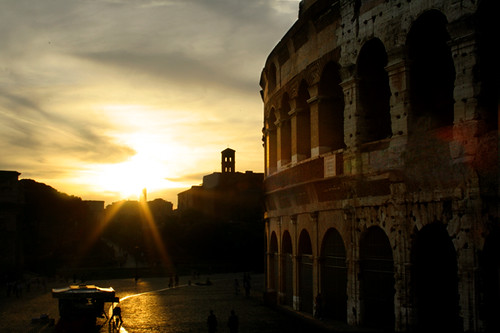
after a day
notes on evolution
A building is typically designed as a single organism. Body parts, organ groups, infrastructural systems that all perform in a specific way that services the organism. But, as with all life, those parts and groups and systems fail, and the organism dies.
But sometimes a building becomes a species. And, you know, Charles Darwin has this theory that species evolve because of adaptation. Wikipedia says adaptation is the evolutionary process whereby a population becomes better suited to its habitat.
The coliseum was born as an amphitheatre. A great stadium. Various external forces prompted it to become a place of worship, and then a cemetery, and then the walls of a housing community. And like a real species, it listened. It kept breathing, and it adapted.
Today the sun shines on a tourist attraction where a great stadium once stood. Because today, the external forces told it that Rome was changing, and it needed to change too. But its current life, though less performative than in the past, does not mean it’s dying. Because someday in the future, external forces will tell it that Rome is changing, and that it needs to change too.
Because the sun that set two thousand years ago is the same sun that set yesterday. And even though the person who took this photo two thousand years ago took it a little bit differently than the person who took it yesterday, they saw the same arches, the same curvature, the same light. In two thousand more years, the person who takes this photo will take it a different way entirely. (Maybe he will take it right before suiting up for an epic game of laser tag, because in the time between now and then, a uniform whimsy will erupt in the hearts of the Roman population, a whimsy perhaps ignited by the realization that the city’s ruins and alleys are perfect for an activity like laser tag. But of course the municipality couldn’t let this habit run rampant, so where’s some closed, concentrated place that epitomizes this Roman perfection? Coliseum, duh. The only people that even “used” it were just tourists anyway.)
(I apologize. that last bout of Rome-as-a-laser-tag-playground wishful thinking is not included in the minimum 150-word word count.)
per the lecture we had in seminar last wednesday…

southern hemisphere cows
“Blessed are the forgetful, for they get the better even of their blunders.”
or maybe:
“The advantage of a bad memory is that one enjoys several times the same good things for the first time.”
however. Friedrich (we may or may not be on first-name basis), in Uses and Disadvantages of History, says one must not regard history the same way a cow does. (as does Eternal Sunshine of the Spotless Mind, in that case.)
(both quotes originally expressed by Friedrich Nietzsche)
notes on a history theatre
This map, on rough stone tablet, worn and cracked at the edges, is clamped to the wall with heavy brackets. A portion is covered by the dedication, also on stone tablet.* A boy traces his finger from the bottom-left corner and follows the river upward, collecting pieces of his city. The island in the river. A labyrinthine temple. The two bridges that cross into the walls that house the mortal remains of the city’s two greatest emperors. The stadium that uses water from the river to flood its own interior. The boy’s finger follows these processions. The glide over the island. The maze-like zigzags through the temple. The solemnity in the mausoleum. The spiralling through the stadium.
And with a hip and skop, his feet are off to experience what his memory just prescribed.
* (paraphrased from Stanley Allen’s Piranesi’s “Campo Marzio”: An Experiment in Design)
